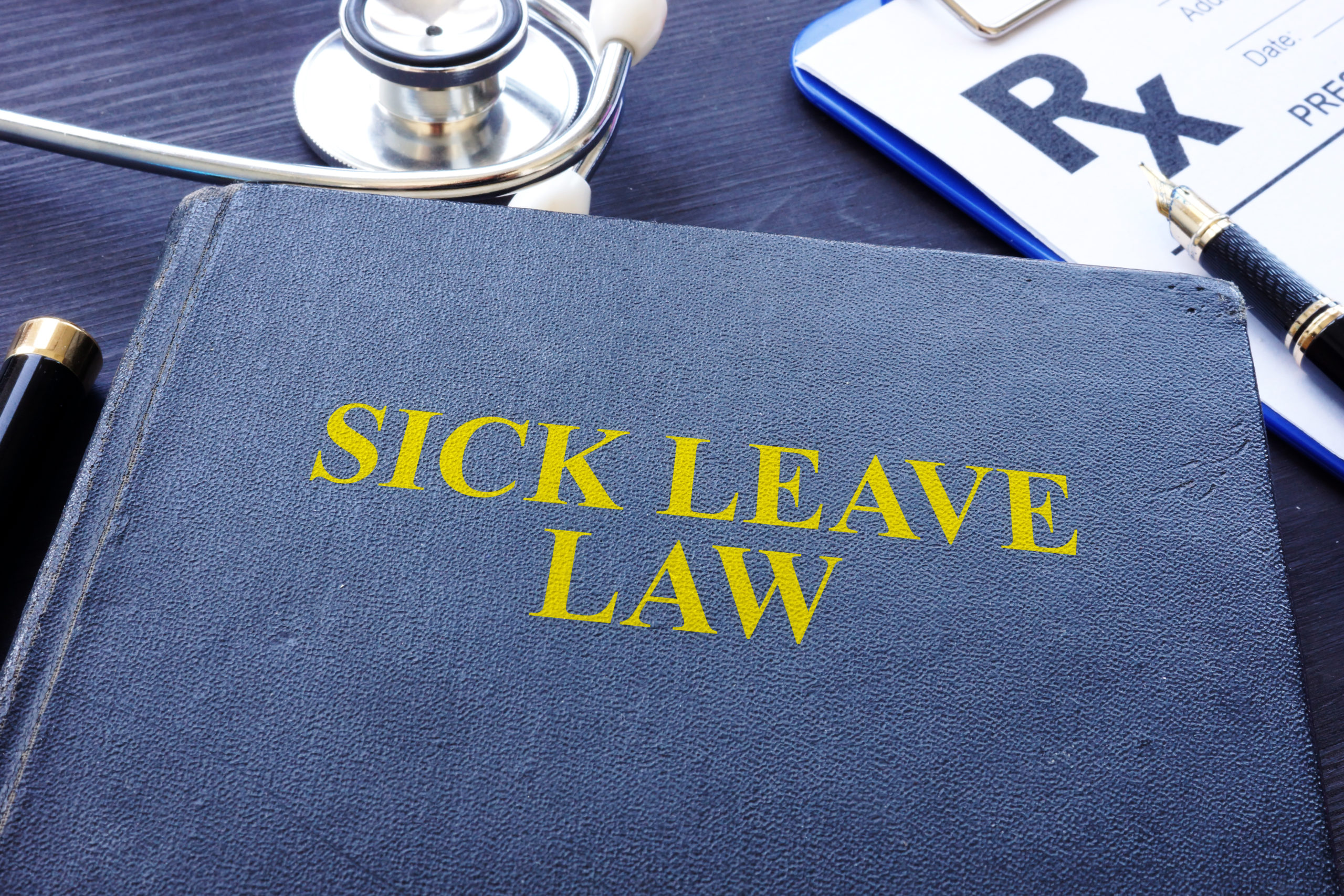As COVID continues and another flu season looms on the distant fall horizon, the City of Bloomington has passed the new Earned Sick and Safe Leave Ordinance. Bloomington joins Minneapolis, Saint Paul, and Duluth as the fourth city requiring Sick and Safe Leave for employees. The new ordinance will go into effect on July 1, 2023. As with any new employment law in Minnesota, employers should note any new responsibilities that apply to their businesses.
Here are things employers should know:
Eligible Employers and Employees: All employees who work in Bloomington for a minimum of 80 hours per year, so full-time and part-time employees, will be eligible for time off under the ordinance. Businesses with six or more employees will need to provide paid time off to eligible employees. Employees working for companies with five or fewer employees will still be able to take the qualifying time off unpaid.
The Mall of America holiday gift wrappers will be happy to hear the new Bloomington benefits will be available to seasonal workers. Including seasonal workers is one of the significant distinctions between the new Bloomington benefits and the Minneapolis plan, which specifically excludes seasonal employees.
Employers who have any employees doing work in Bloomington will want to determine if the ordinance applies to them. Many employers might assume the new law will not apply to them if their base of operations is located outside of Bloomington. To the roofing, plumbing, and dog walking businesses that regularly have employees performing work in Bloomington, this new ordinance likely applies to you.
Sick and Safe Leave Accrual: The ordinance allows employees to accrue a minimum of one hour of Sick and Safe Leave for every 30 hours worked up to a maximum of 48 hours in a calendar year. New hires must work 90-days before they can use any available sick and safe time.
Using Sick and Safe Leave: Under the new ordinance, employees may use Sick and Safe Leave for the following:
- The employee’s own mental or physical illness; injury; health condition; the need for medical diagnosis; care, including prenatal care; treatment of a psychological or physical illness, injury, or health condition; or need for preventive medical or health care.
- Care for a qualified family member of the employee with a mental or physical illness, injury, or health condition which needs (a) medical diagnosis or care, including prenatal care; (b) treatment of a mental or physical illness, injury, or health condition; or (c) preventive medical or health care. Sick and Safe Leave can also be used for a family member’s death. Under the ordinance, a qualifying family member includes the following: child, stepchild, adopted child, foster child, adult child, spouse, sibling, parent, stepparent, mother-in-law, father-in-law, grandchild, grandparent, guardian, ward, or members of the employee’s household.
- Absences due to domestic abuse, sexual assault, or stalking of the employee or employee’s family member, provided the absence is to obtain medical attention, victim services, legal advice, or to relocate.
- Closure of the employee’s business “by order of a public official” to limit exposure to infectious agents, biological toxins, hazardous materials, or other public health emergencies.
- To accommodate school or daycare closures due to public health emergencies, inclement weather, power outages, or loss of heating or water.
Required Notice to Employer: Employers may require advanced notice for the use of Sick and Safe Leave when it is “foreseeable.” An employer may also require medical documentation for medical-related absences lasting more than three consecutive days if the employer provides health insurance benefits to the employee.
Record Keeping: As with other regional sick time laws, employers must provide employees with their available Sick and Safe Leave balance upon request, either in writing or electronically. Employers may comply by providing balance information on a pay stub or online system.
Notice of Employee Rights: Employers are obligated to notify employees of their rights under the ordinance, both in workplace posters and employee handbooks. In addition, the new ordinance’s language makes it clear that employers can determine their policies regarding paying any remaining time balance when an employee leaves a job. Accordingly, if employers do not want to pay out Sick and Safe Leave balances, they should clearly state their policy and inform employees that the balance is not payable.
Sufficient Existing Policies and Benefits: Employers can rely on their existing paid time off policies, or collective bargaining agreements, if they exceed the Sick and Safe Leave benefits provided under the Bloomington ordinance. Existing policies must accomplish two things
- (a) provide an amount of available leave that meets or exceeds the accrual requirements of the Bloomington ordinance; and
- (b) allows employees to use the existing leave for, at minimum, the same reasons and under the same terms as provided in the Bloomington ordinance.
Construction Industry Payment Options: The Sick and Safe Leave ordinance specifically addresses construction company wage payment options for either paying the state prevailing wage rates calculated by the Minnesota Department of Labor and Industry or paying Minnesota Department of Labor and Industry registered apprenticeship agreement rates.
With Minnesota’s patchwork paid leave landscape, employers with questions or concerns about complying with any sick leave requirements or other employment needs are encouraged to reach out to the author, Mary Ellen Reihsen at [email protected] or 952-941-4005.


